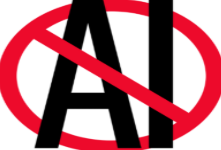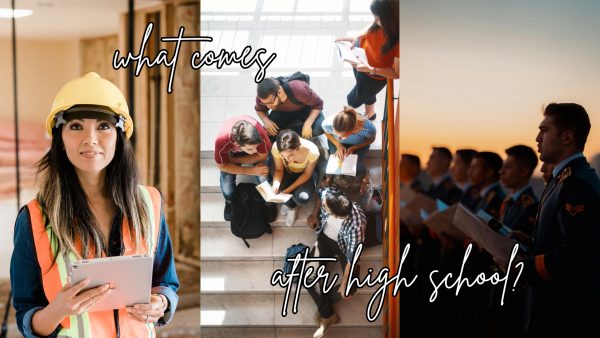The Problems with Common Core
Common Core was designed to prepare students in the United States to compete in a global economy. Therefore, this education system is based on other high-performing government education systems worldwide whose students have better international benchmarking scores. Ever since it was introduced and forced upon the American public education, Common Core has proven to be ineffective.
According to the American Productivity and Quality Center, benchmarking is “the practice of being humble enough to admit that someone else has a better process and wise enough to learn how to match or even surpass them.” Also, the acknowledgment that one’s public education system is inferior is a promise to improve its learning techniques to create a smarter, more educated country.
This mentality is steering in the right direction. However, what went wrong with this strategy is that the creators of Common Core did not look at what other countries were doing wrong. These different education systems are flawed in their own ways and have different cultural values. As a result, on an international benchmark exam, it proves to be difficult to test superiority in the arts or subjects of similar aptitude, which can always be interpreted differently or expressed in multiple manners.
Common Core remains confusing to educators, students, and parents alike. Since it was first introduced in 2009, homework help websites have been filled with pleas for assistance with new curriculum concepts like basic addition broken down into diagrams. This creates a seemingly unnecessary and confusing process just to solve simple addition problems.
A system designed to compete with test scores limits students’ perceptions of life to scores and rigid ideas of how to make money. Furthermore, this government education system is restricting young students’ mind to memorizing facts that will ultimately be forgotten.
There is no right answer as to how we as the next generation should change this constantly developing system. However, America is accomplishing new heights in education and is refining the way we teach over 50 million students.
In the 21st century, we have already embarked on a journey into the age of technology. In this new age, we need to use our innovations for humankind’s benefit. Let us use the technological devices within our grasp to change the way we learn to think to become exponentially better.







